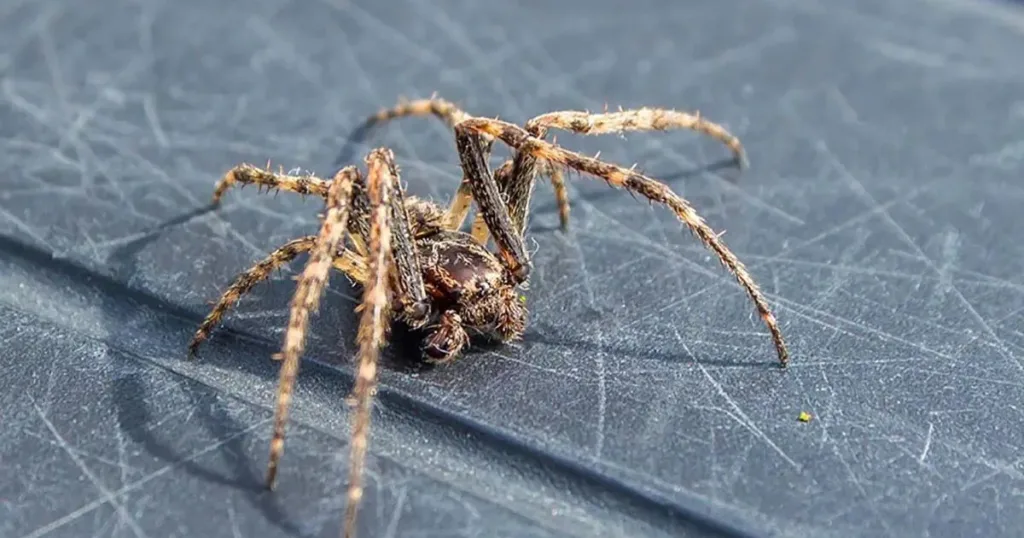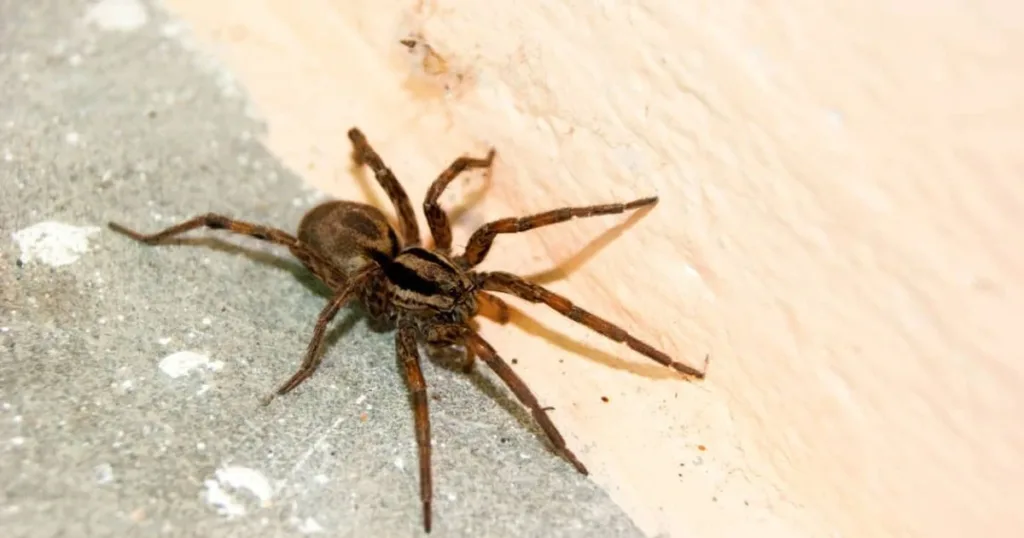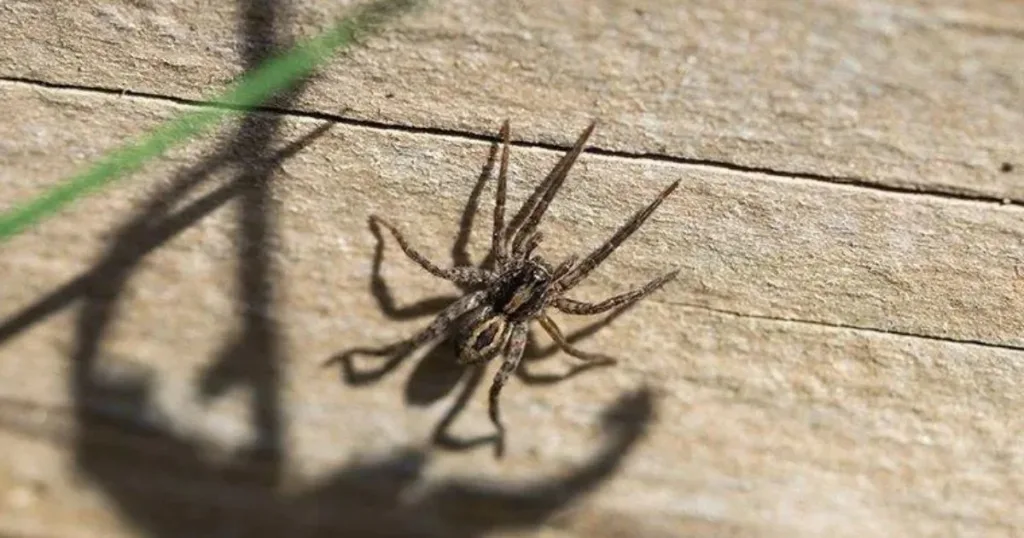
As temperatures drop in the winter, you may wonder where do spiders go in the winter. Many spiders survive the cold by finding sheltered spots beneath tree bark, inside homes, or crevices. Some species enter a dormant state or slow their metabolism to conserve energy until warmer weather returns.
You might notice spiders seeking refuge in your home's basements, attics, or garages. They often hide in hard-to-reach areas, waiting for the warmth of spring. Understanding their winter habits can ease your worries about their presence and help you appreciate their role in the ecosystem.
While you might think that spiders vanish entirely during winter, they simply adapt to survive the season. By learning more about where spiders go in the winter, you can better understand these creatures and your environment.

Understanding where spiders go in the winter reveals fascinating behaviors and adaptations. Spiders utilize specific habitats and demonstrate unique behaviors to survive the cold months.
During winter, spiders seek shelter to protect themselves from harsh weather. Common hiding spots include:
Some species, like the common house spider, may remain indoors, taking advantage of warm, sheltered areas. Others find cozy natural spots, such as under bark or within hollow plants.
Spiders exhibit specific behavioral adaptations to cope with winter conditions. Many species enter a state similar to hibernation known as diapause, which significantly reduces their metabolic rate.
During this period, they may:
These strategies are vital for survival and allow spiders to remain dormant until the temperature rises.

Spiders have evolved various methods to endure the challenges of winter. These adaptations can be categorized into physical features and strategies unique to specific species.
Many spiders possess specialized physical traits that help them survive low temperatures. One common adaptation is the use of antifreeze proteins. These proteins lower the freezing point of bodily fluids, preventing ice crystal formation.
Additionally, some spiders create silk structures to shield themselves from the cold. For example, they may weave webs or retreats in sheltered areas. These structures insulate them from harsh weather and provide a moisture barrier.
Spiders also tend to enter a state of diapause, a period of suspended development. This process conserves energy and allows them to wait out the cold months until temperatures rise.
Different spider species employ unique survival strategies during winter. For instance, the common house spider can enter homes seeking warmth. Here, they find suitable microclimates that allow them to remain active for extended periods.
In contrast, wolf spiders often take refuge in leaf litter or under rocks. Their ability to move and hunt for prey in these environments helps them make the most of the winter months.
Some species produce more silk during winter, which they use to create insulated shelters. Others may cluster together to conserve heat, creating a communal environment that enhances survival chances. Each strategy is a testament to these creatures' adaptability to seasonal challenges.

If you notice spiders in your home during winter, addressing the issue promptly is essential. Many people wonder, "Where do spiders go in the winter?" While some may seek shelter inside, others may remain inactive outdoors.
To get rid of spiders effectively, consider contacting pest control specialists. Here are a few options:
Before you choose a service, ask about its approach to spider removal. Companies focus on humane methods, which might align with your values.
Consider Critter Stop, a renowned wildlife removal company. They focus on humane pest control tailored to your circumstances. Customers praise their commitment to quality service and thorough inspections.
Call Critter Stop at (214) 234-2616 to discuss your spider concerns for a free inspection. Their expertise ensures a thorough assessment to eliminate spiders effectively.
Don’t leave things to chance when searching for a solution. A professional service can make a significant difference in keeping your home spider-free during winter.
Understanding how spiders navigate during winter can provide insight into their survival strategies and habitats. You may find answers to common questions regarding their behaviors, adaptation methods, and the impact of environmental changes.
Research indicates that many spiders seek sheltered environments during winter, such as leaf litter, crevices, or human structures. Adaptations include producing antifreeze proteins that lower the freezing point of their bodily fluids. Additionally, some spiders may enter a state of dormancy to conserve energy until warmer temperatures return.
Observing spider shelters involves looking in dark, humid areas like garages, basements, or under logs. Common shelters include leaf litter, burrows, and gaps in structures where they can avoid freezing temperatures. You’ll likely find them in these protected spaces rather than open areas in winter.
Factors include temperature, humidity, and food availability. Spiders prefer areas that minimize exposure to the elements, avoiding open spaces. This behavior increases their chances of survival during cold months.
Climate change can alter the duration and severity of winter conditions, affecting spider habitats. Warmer winters may increase spider activity, changing their traditional wintering locations. This fluctuation may disrupt their life cycles and interactions with other species.
Modern technology, like GPS tracking and environmental sensors, allows researchers to monitor spider movements and habitat preferences. Patterns reveal that certain species may shift their winter locations in response to environmental changes. Data collected can help understand how various spider populations adapt to shifting climates.
Visit our Critter Library and learn more about our furry friends